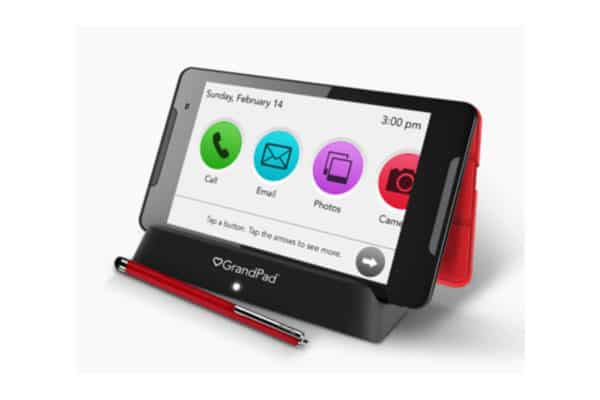Fitbit Charge HR fixes huge problem, improves another
I’ve tried a lot of Fitbit models over the years and have discovered some minor annoyances with each of them. In particular, I found the ones that you wear on your wrist to easily fall off and to not be as accurate as the ones you clip to your pants or place in your pocket.
It looks like the Fitbit Charge HR fixed one of these problems and improved another.
Finally, a secure wrist strap
Let’s start with the wrist strap. Fitbit finally gave up on the two metal nubs that were used to secure the Fitbit to your wrist and went with a traditional watch style band and buckle on the Fitbit Charge HR. This is HUGE. I can’t tell you the number of times my older wrist-style Fitbit fell off my wrist when I took off my coat or sweater. With the new watch-style buckle, the Fitbit Charge HR stays securely on your wrist and has very little chance of accidentally falling off.
Accuracy
My second problem with the wrist-style Fitbits is their accuracy. In older models, I found the step count to be off by as much as 20%. It looks like this was improved but not yet perfected.
In my test of walking exactly 100 steps with both the Fitbit One (my personal Fitbit of choice) in my pocket and the Fitbit Charge HR on my wrist, the Fitbit One recorded 99 steps. The Fitbit Charge HR recorded 92 steps.
When I used both for about 8 hours, my Fitbit One had recorded 5,255 steps. The Fitbit Charge HR had recorded 5,917 steps. As you can see, after a prolonged period of time, the Fitbit Charge HR actually counted more steps than the Fitbit One. I believe a lot of this is due to the miscount of steps from movement of my wrist while not walking (or lack of movement of my wrist while walking).
I’ve said this in past Fitbit reviews but my opinion still stands. Whether or not a Fitbit accurately counts the exact number of steps may or may not be important to you. For some, just knowing they walked more or fewer steps than the day before is all that matters.
New features
As you may have guessed from the HR in the name, the Fitbit Charge HR also continuously monitors your heart rate. This is a particularly helpful feature for people who need to monitor their heart rate while exercising. You don’t need to do anything besides wear the Fitbit on your wrist to get a reading.
Like the step count, however, I found the heart rate to be slightly off my actual heart rate (yes, I actually counted). It wasn’t much, maybe 5-10 beats different. But again, it may be more important for some people to know when their heart rate is going up or down, rather than the exact beats per minute.
Recommendation
For me, it all comes down to preference and accuracy. If you prefer to clip a Fitbit to your pants or put it in your pocket and demand the most accurate step count, the Fitbit One is still the best way to go. However, if the wrist-style is the main selling point to you, the Fitbit Charge HR is the clear choice.
The Fitbit Charge HR comes in purple, blue and black and is available in both small and large sizes.
Note: The Fitbit Charge HR in this review was provided to me by Verizon Wireless and can be purchased at your local Verizon Wireless store or at www.verizonwireless.com.









